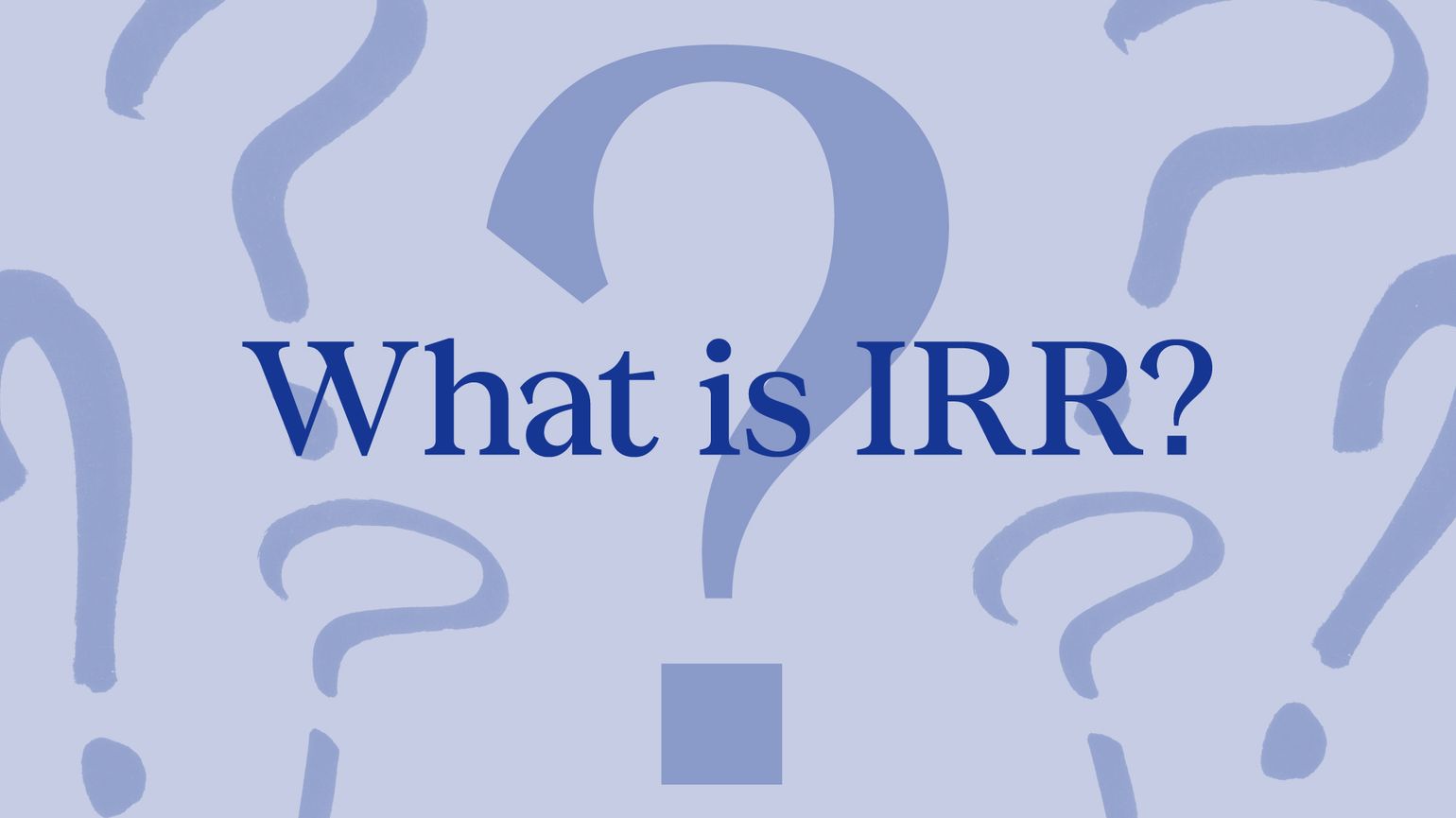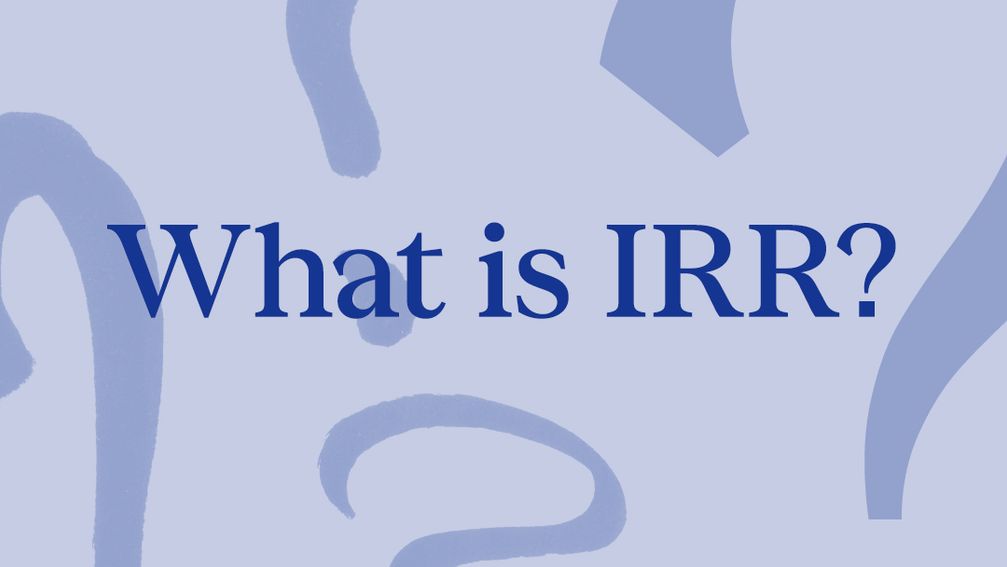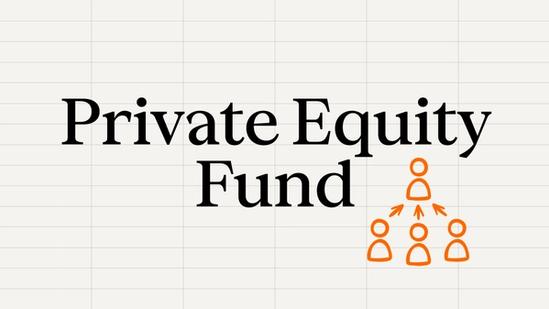What Does IRR Mean in Private Equity?


A fairly simple term, but one which is often misunderstood. Here we explain what the Internal Rate of Return (IRR) actually is.
- Internal rate of return (IRR) measures the annualized growth rate of an investment in a private equity (PE) fund, based on its actual or expected cash flows
Internal rate of return (IRR) is one of the key metrics in private equity (PE) as it represents the performance goal a PE fund needs to achieve for its investment to be considered profitable.
PE funds assess companies that they are looking to acquire, or may already own, by analysing the present value of future cash flows. This is called the net present value (NPV). These cash flows include all the money going in and out of an investment, including the initial purchase price, which is typically a negative amount.
To determine its profitability point – the target IRR – the fund will estimate the future cash flows and apply a discount rate, which reflects the expected growth rate of the investment over time. A PE fund estimates and records the IRR as an equivalent of compound annual growth (CAGR) over the period of holding the asset, say 5-8 years.
The point of profitability is when the IRR exceeds the hurdle rate when selling the asset. The hurdle rate is the minimum return that limited partners (LPs) require before the private equity firm can take a share of the profits, known as carried interest.
The hurdle rate is cumulative and compounding, meaning the investment must consistently perform well each year to meet or exceed this threshold.
ThinQ by EQT: A publication where private markets meet open minds. Join the conversation – [email protected]



